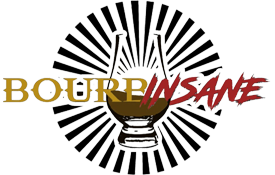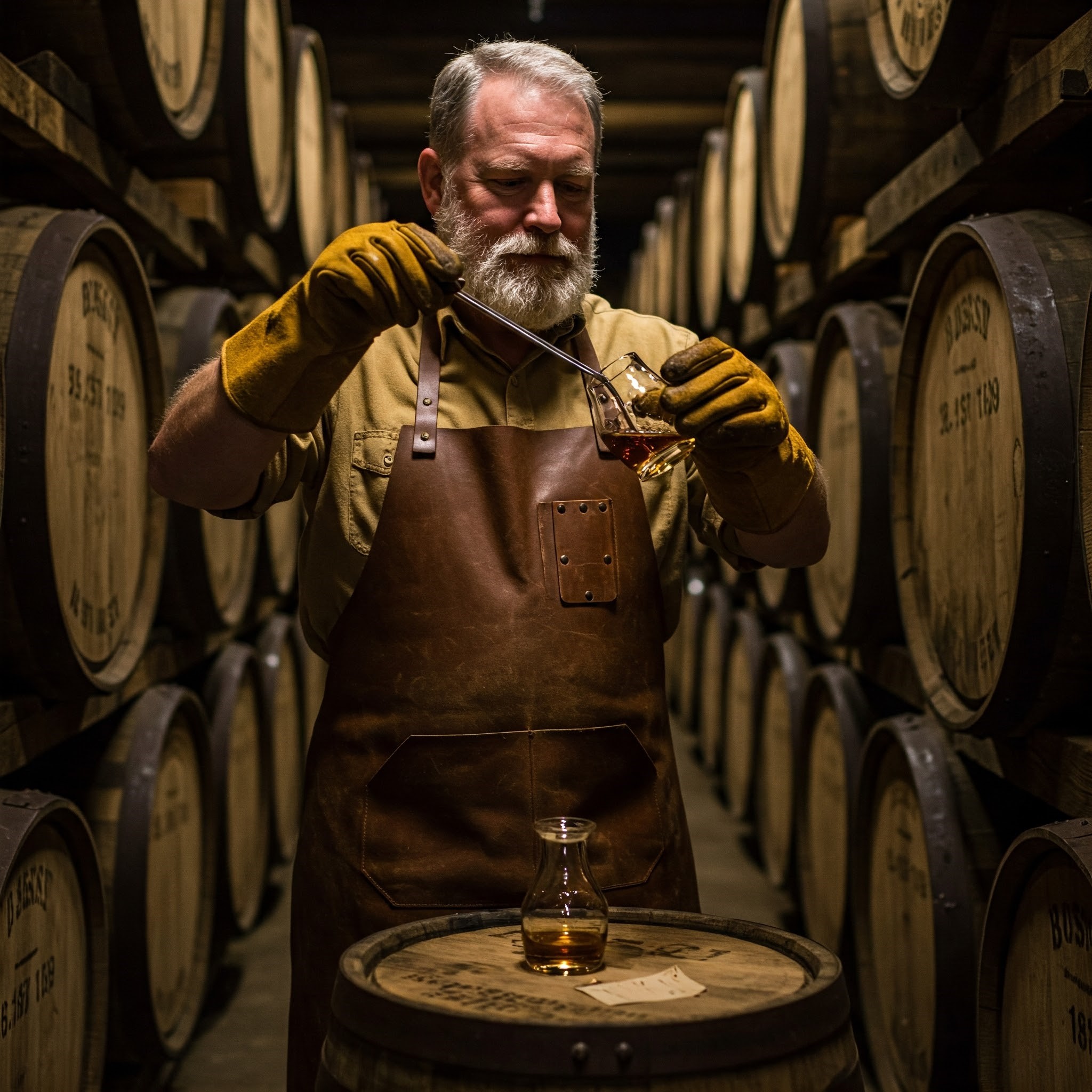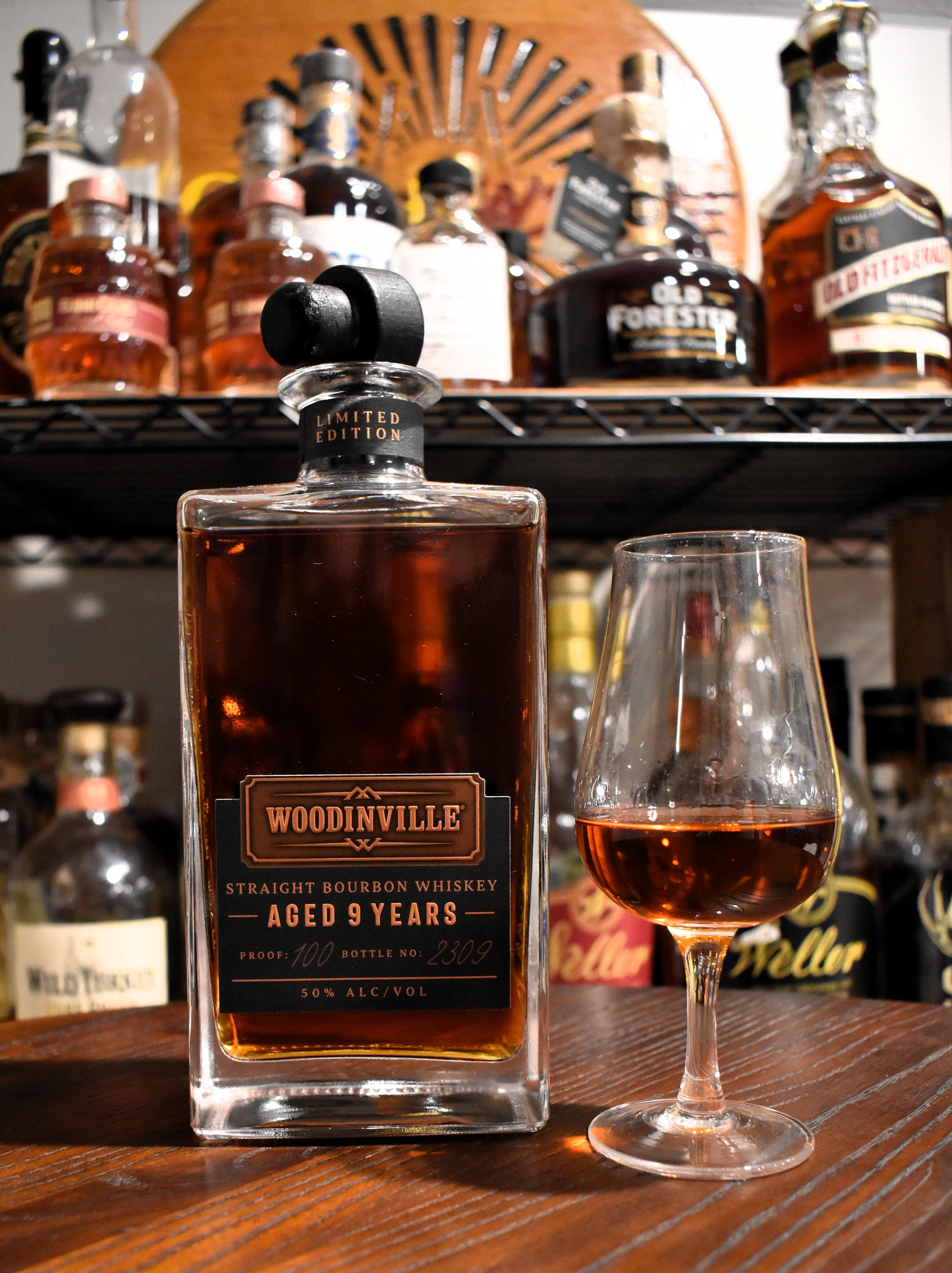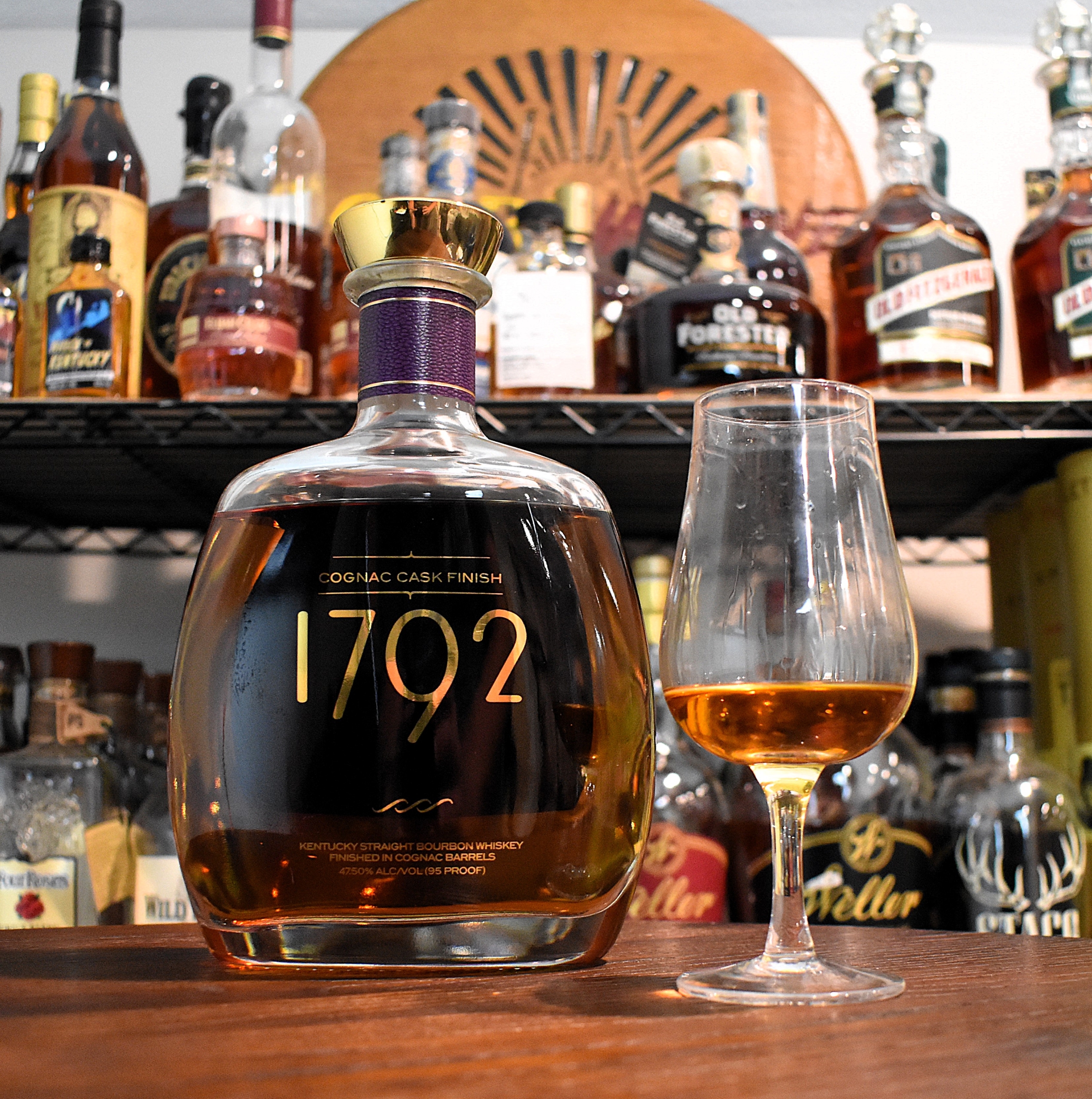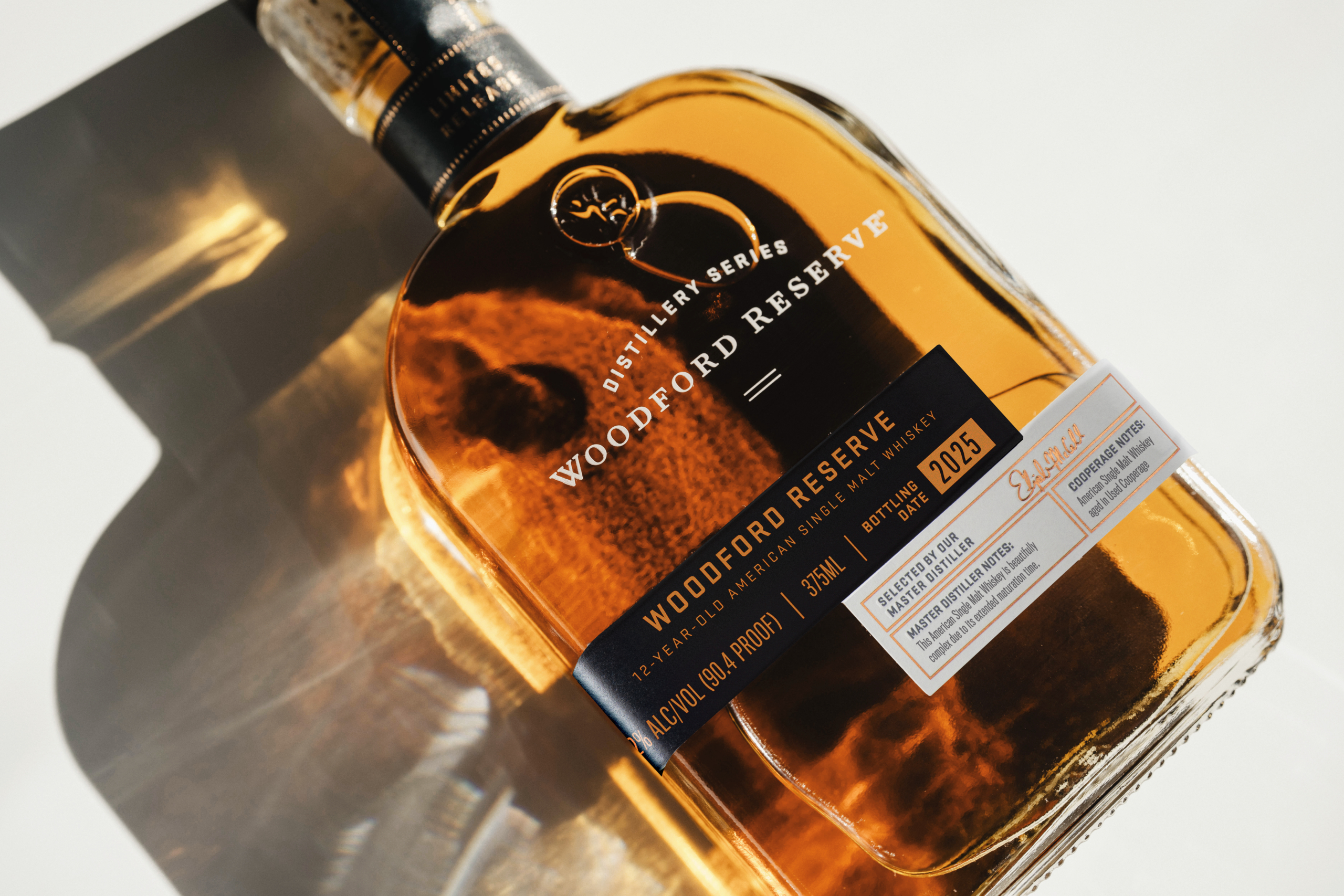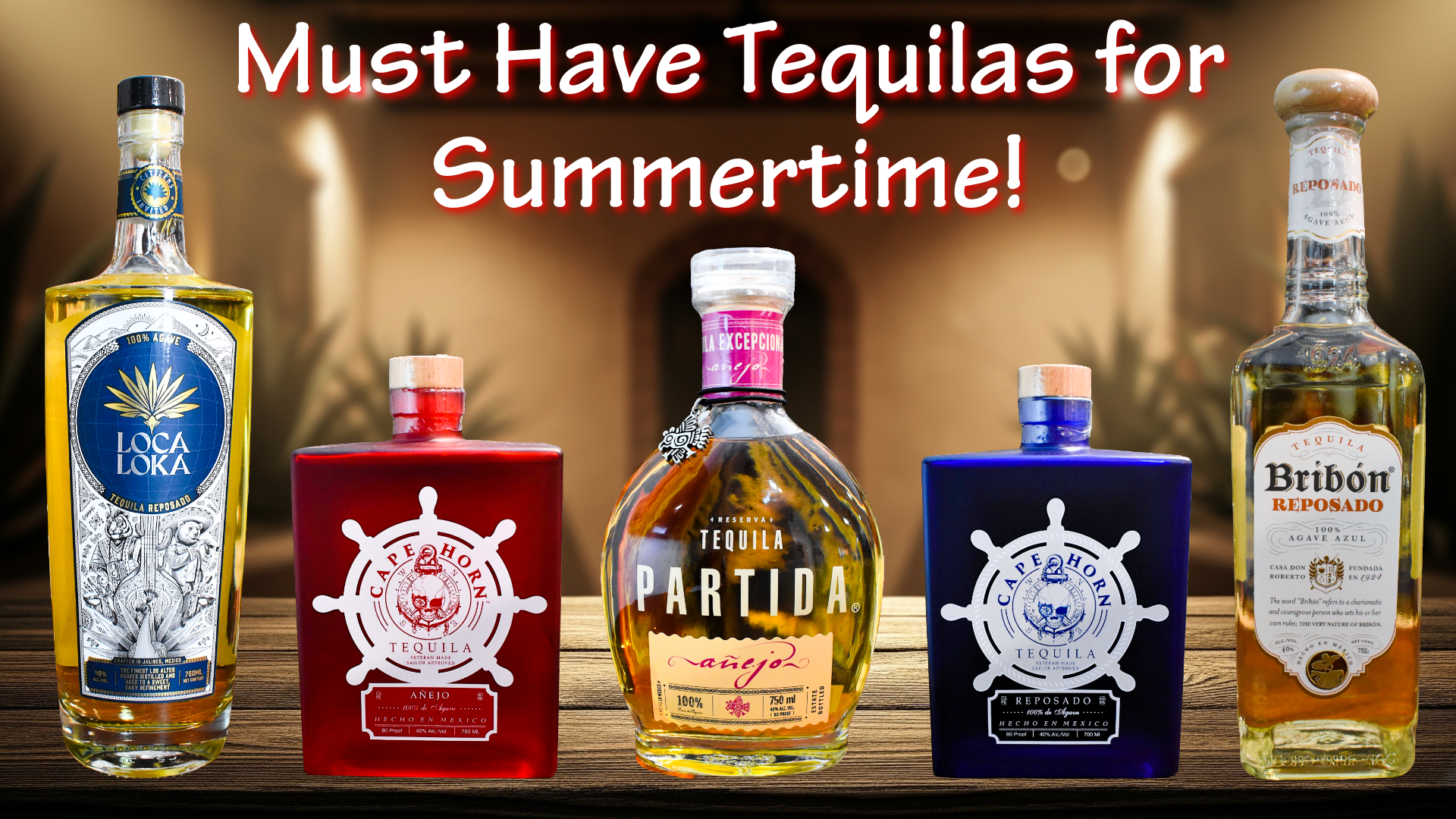The Biggest Bourbon Myths: What Every Whiskey Lover Gets Wrong!
Table of Contents
ToggleIf you’re a bourbon lover—or just getting into whiskey—you need to know the truth behind the myths to truly appreciate this iconic spirit. Let’s bust some of the biggest bourbon myths once and for all!
Myth #1: Bourbon Must Come from Kentucky
The Truth: Bourbon does not have to be made in Kentucky to be called bourbon.
This is one of the most common misconceptions about bourbon. While Kentucky is undeniably the heartland of bourbon, producing over 95% of the world’s supply, bourbon can be made anywhere in the United States and still be legally considered bourbon.
Why People Think This
- Kentucky is famous for its limestone-rich water, which is great for distilling.
- Many of the biggest brands (Jim Beam, Buffalo Trace, Maker’s Mark) are based in Kentucky.
- The phrase “Kentucky Bourbon” is often used in marketing.
Reality Check
- Bourbon made in Indiana (MGP), Texas, Tennessee, New York, and even Michigan is still legally bourbon as long as it follows the legal requirements.
- The U.S. government defines bourbon as an American-made whiskey—not just Kentucky-made.
Myth #2: Older Bourbon Is Always Better
The Truth: Older does not always mean better when it comes to bourbon.
Aging whiskey in barrels affects its flavor, but too much aging can make bourbon taste over-oaked, bitter, or dry.
Why People Think This
- Premium Scotch whisky brands often emphasize age statements (e.g., 18-year, 21-year, etc.).
- Some high-end bourbons (Pappy Van Winkle, Elijah Craig 18) are aged longer and highly sought after.
- The idea that “older = more expensive = better” is a common misconception in luxury goods.
Reality Check
- Bourbon matures faster than Scotch due to the hotter Kentucky climate, meaning 8–12 years is often the sweet spot.
- Some younger bourbons (4–6 years) have fantastic flavor profiles with a balance of oak, caramel, and spice.
- Anything beyond 15 years can become overly tannic and bitter.
Myth #3: Only Expensive Bourbons Are Good
The Truth: Many budget-friendly bourbons offer amazing quality and flavor.
Just because a bourbon has a high price tag doesn’t necessarily mean it’s the best. There are plenty of affordable bourbons that hold their own against top-tier bottles.
Why People Think This
- High-end bourbons get hyped up by collectors and secondary markets.
- Some rare bottles (e.g., Pappy Van Winkle, Blanton’s, Buffalo Trace Antique Collection) sell for thousands of dollars.
- Marketing often associates price with exclusivity and quality.
Reality Check
- Evan Williams Bottled-in-Bond, Wild Turkey 101, and Old Forester 100 are fantastic bourbons under $30.
- Some high-priced bottles are overhyped, while others deliver great value—but price alone isn’t an indicator of quality.
Myth #4: Adding Ice or Water Ruins Bourbon
The Truth: Ice and water can enhance bourbon’s flavor—not ruin it.
Many bourbon purists believe whiskey should only be sipped neat, but the truth is that a splash of water or ice can actually unlock new flavors.
Why People Think This
- Bourbon tastings often emphasize drinking whiskey neat.
- The idea that diluting alcohol makes it weaker in taste.
- Some people associate ice with lower-quality cocktails.
Reality Check
- Adding a few drops of water can open up aromas and flavors, revealing hidden notes.
- Ice can make bourbon more refreshing, especially on hot days.
- Many distillers and master blenders taste-test bourbon with water to evaluate its profile.
Myth #5: Bourbon and Whiskey Are the Same
The Truth: All bourbon is whiskey, but not all whiskey is bourbon.
Bourbon is a specific type of whiskey with strict legal requirements that differentiate it from Scotch, Irish whiskey, and Tennessee whiskey.
Why People Think This
- The terms “whiskey” and “bourbon” are sometimes used interchangeably.
- Some marketing labels are misleading (e.g., “Tennessee whiskey” vs. bourbon).
- Many people don’t know the legal distinctions.
Reality Check
To be legally called bourbon, a whiskey must:
- Be made in the United States
- Contain at least 51% corn
- Be aged in new, charred oak barrels
- Be distilled to no more than 160 proof
- Enter the barrel at no more than 125 proof
- Be bottled at a minimum of 80 proof
Myth #6: The Higher the Proof, the Better the Bourbon
The Truth: Higher proof doesn’t always mean better—it depends on balance.
Why People Think This
- Barrel-proof or cask-strength bourbons are often sought after.
- More alcohol content = “more intense flavor” misconception.
Reality Check
- High-proof bourbons (e.g., Stagg Jr., Elijah Craig Barrel Proof) can be amazing, but not everyone enjoys hot, high-ABV whiskey. That being said, after you have been into bourbon for a little while, you may tend to lean more into the higher proof varieties.
- Lower-proof bourbons (80–90 proof) can be incredibly “smooth” and flavorful.
Myth #7: All Bourbon Tastes the Same
The Truth: Bourbon has a wide range of flavors depending on the mash bill, aging, and proof.
Why People Think This
- Some mass-market bourbons have similar vanilla and caramel notes.
- People who haven’t tried different styles assume all bourbon is the same.
Reality Check
- High-rye bourbons (e.g., Four Roses, Wild Turkey) have more spice.
- Wheated bourbons (e.g., Weller, Maker’s Mark) are softer and sweeter.
- Single barrel bourbons (e.g., Blanton’s) can vary in flavor from bottle to bottle.
Final Thoughts: Bourbon Myths Debunked!
Bourbon is an incredibly diverse and complex spirit, but misinformation often clouds people’s understanding of it. Now that these myths are busted, you can enjoy bourbon with a better appreciation—whether you’re sipping it neat, on the rocks, or in a cocktail.
What’s the biggest bourbon myth YOU’VE heard? Drop a comment below and let’s discuss!
Join the Bourbinsane Family on Patreon!
Enjoying the content? Get more exclusive whiskey reviews, insider updates, and early access to new content by becoming a supporter on Patreon!
There are no comments
Leave a Reply
You must be logged in to post a comment.
